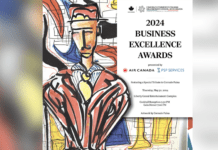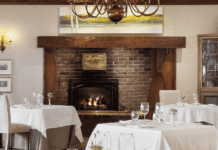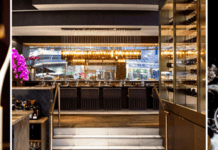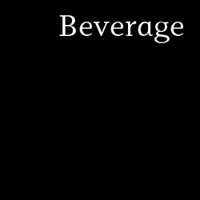A little bubbly can work wonders on its own, with food or in a cocktail.
Whether it’s with a subtle pop, or the full sabrage treatment, there’s a certain drama to a glass of Champagne or sparkling wine. The juice can’t help it. The tiny bubbles or ‘mousse’of the world’s best, dance their way up candlelit flutes and across the palates of diners. Whether the glasses are poured in celebration, or just because, sparklers enjoy a special place on wine lists — usually right up top — and in the imagination of both sommeliers and guests.
With all of the fanfare and reverence surrounding our bubbly buddy, some restaurateurs have forgotten just how serious a wine it can be, and, more importantly, just how versatile it is as an aperitif, meal accompaniment or cocktail component.
“First and foremost, sparkling wine and Champagne are the most versatile wines on the list; they’re fabulous on their own but can also be matched with just about any food,” says sommelier and wine consultant Zoltan Szabo. “It depends on the wine, but you can have a sparkler that matches perfectly with oysters and clams, which is a classic pairing, to gutsier, more serious Champagnes, which match equally well with a steak or a bowl of fresh fruit; their versatility is incredible.”
When building a sparkling list, Szabo says keeping regionality and the restaurant’s cuisine in mind can make for some fun departures from the standard offering of one California sparkler and one wine from Champagne proper. “When I’m putting together a list, of course I like to have a few classic Champagnes, but there are other options out there today,” he says. “A Prosecco, for example, can be listed at a very reasonable price and is popular by the bottle or by the glass, or a well-made Cava will work, too.”
The locovore is also quick to point out Canadian producers, who thanks to our growing climate and soil conditions, shouldn’t be overlooked. “I list a lot of local sparkling wines,” Szabo says. “Because we have a cool climate, growing some of the best classic Champagne grapes like Chardonnay and Pinot Noir, we’re making some truly world-class sparkling wine. Much of it being made in the methode champenoise and getting up to five years of aging on lees as well, which is giving it some serious complexity.”
An everyday, versatile champers can even slide into a well-rounded cocktail program. Classic champagne cocktails such as a Kir Royal or a Buck and Breck are returning to menus across the country, but according to Ryan Powell, brand education manager with Corby’s, the key is service culture. “Bar managers can be scared off because of the price-point or because they’re worried about opening bottles to make a cocktail, resulting in a lot of waste,” he starts. But, to get it right, the wait staff just need to hit the right notes. “It has to start with the server. If you have a Champagne or sparkling wine by the glass on the menu, it can be as easy as suggesting guests start their meal with a glass, and it becomes like the Caesar effect: someone orders one and everyone else thinks, ‘yeah, I’ll have one of those.’ As soon as you’ve got sparkling wine moving by the glass, it’s easy to bring it into the cocktail program,” explains Powell.



















